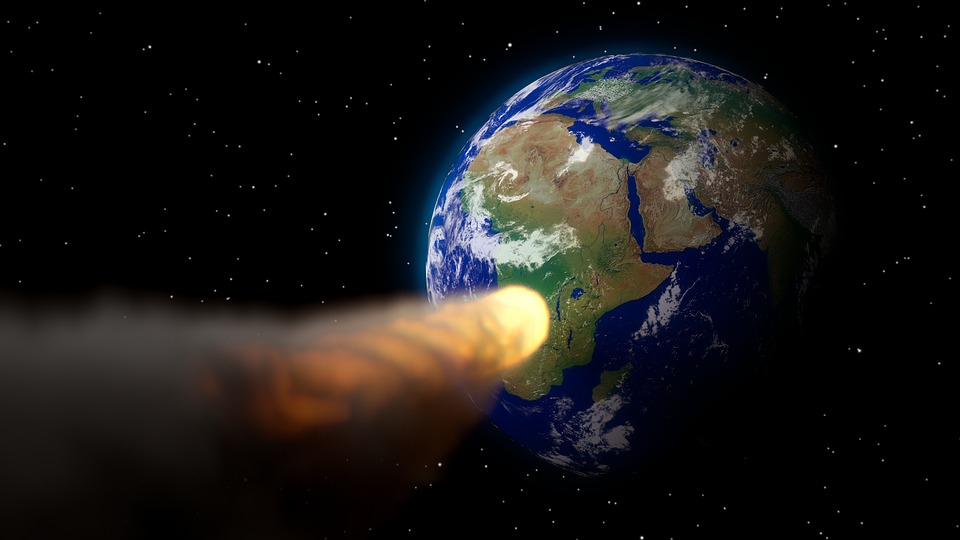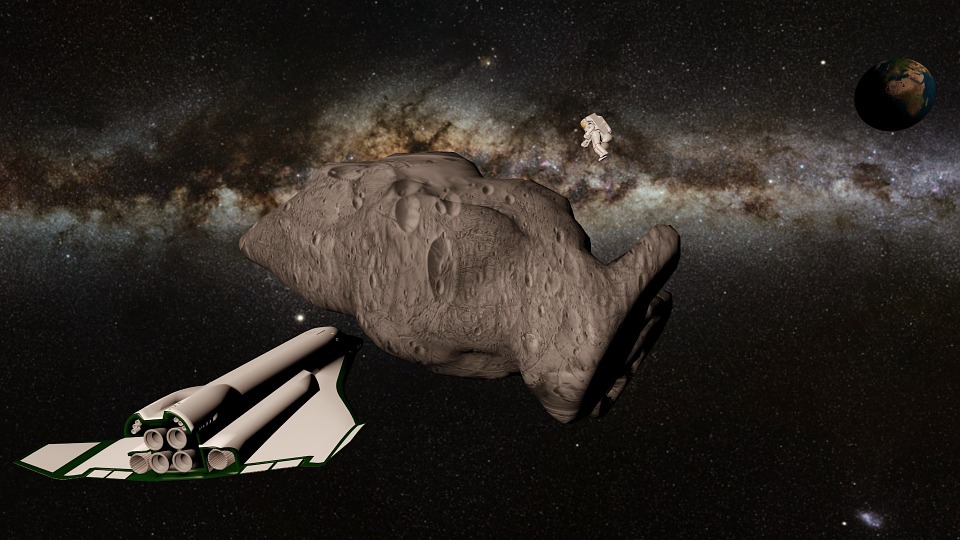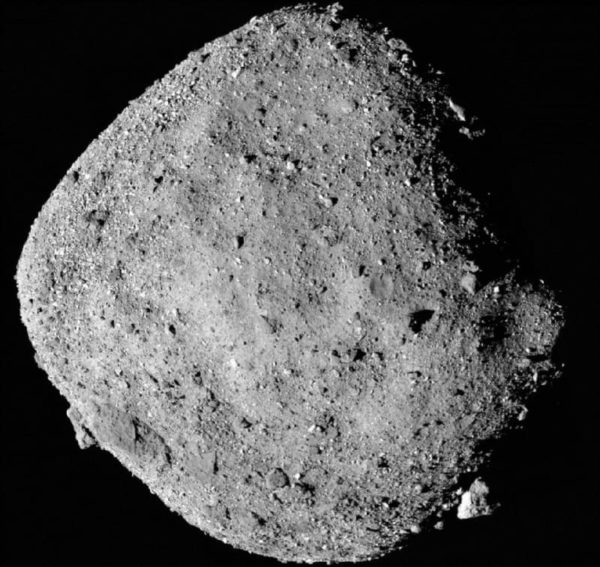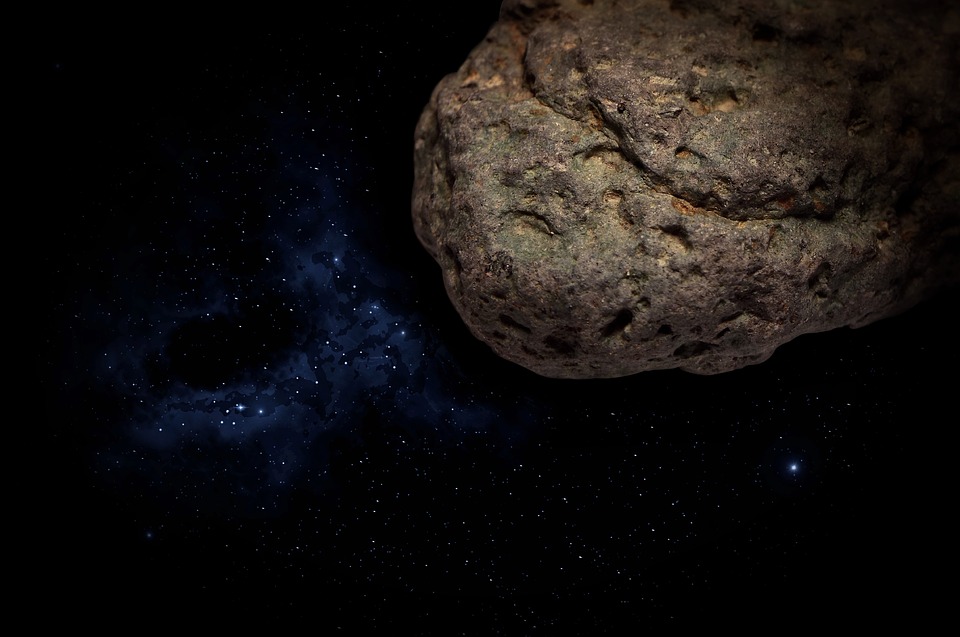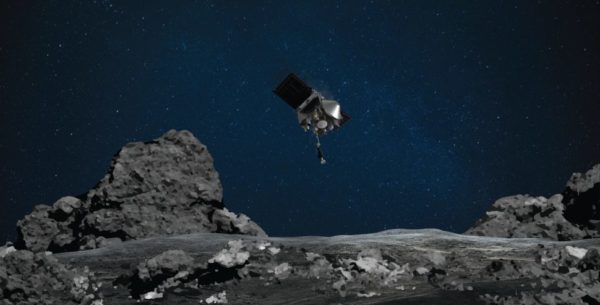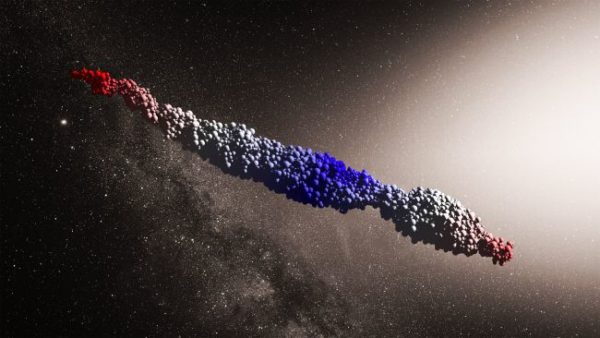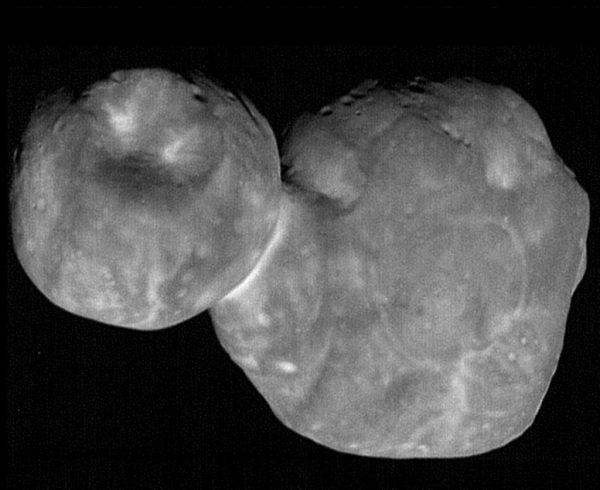WHAT IF: An Asteroid Strike Brought a Years-Long Global Winter?
Every Wednesday, we’re asking a what-if question – how would our world be different if something were changed? Today’s question is from QSFer Scott: A huge asteroid just whizzed by us, and a new study shows a global winter snuffed out the dinosaurs (and most life) in about nine months. What if it happened today? How would we react? Live Science article: https://www.livescience.com/cretaceous-extinction-darkness Share your serious scientific analyses, your off-color jokes, and random thoughts on the topic on our FB and MeWe Groups: FB: http://bit.ly/1MvPABV MeWe: http://bit.ly/2mjg8lf



